We often think of electric vehicles as nearly maintenance-free. That they often go quietly gliding through traffic with minimal fuss and even less wear. But owning a Tesla in a harsher climate can tell a different story. It's one that challenges those assumptions sooner than expected. This morning, while I was scrolling through the “Tesla Model Y” group on Facebook, I came across a post by Nathan Palmer that encompassed just that. Nathan shared that after just 9 months and 9,000 miles of Model Y ownership, he’s already seeing noticeable battery degradation in his Model Y. Living in Arizona, he suspects the intense desert heat may be accelerating the decline in battery health.
“I’m kind of surprised by the degradation after only 9 months and 9,000 miles. I live in Arizona so I’m guessing the hot climate has contributed to accelerated battery degradation,” Nathan wrote.
For most Tesla owners, the battery is one of the most valuable components of the car. It's not just in terms of cost, but also in terms of long-term usability and resale value of course. So when someone starts noticing performance dips or capacity loss in less than a year, it’s bound to raise concerns. And while electric vehicles are designed to handle a variety of environments, extreme heat has long been a challenge for lithium-ion batteries.
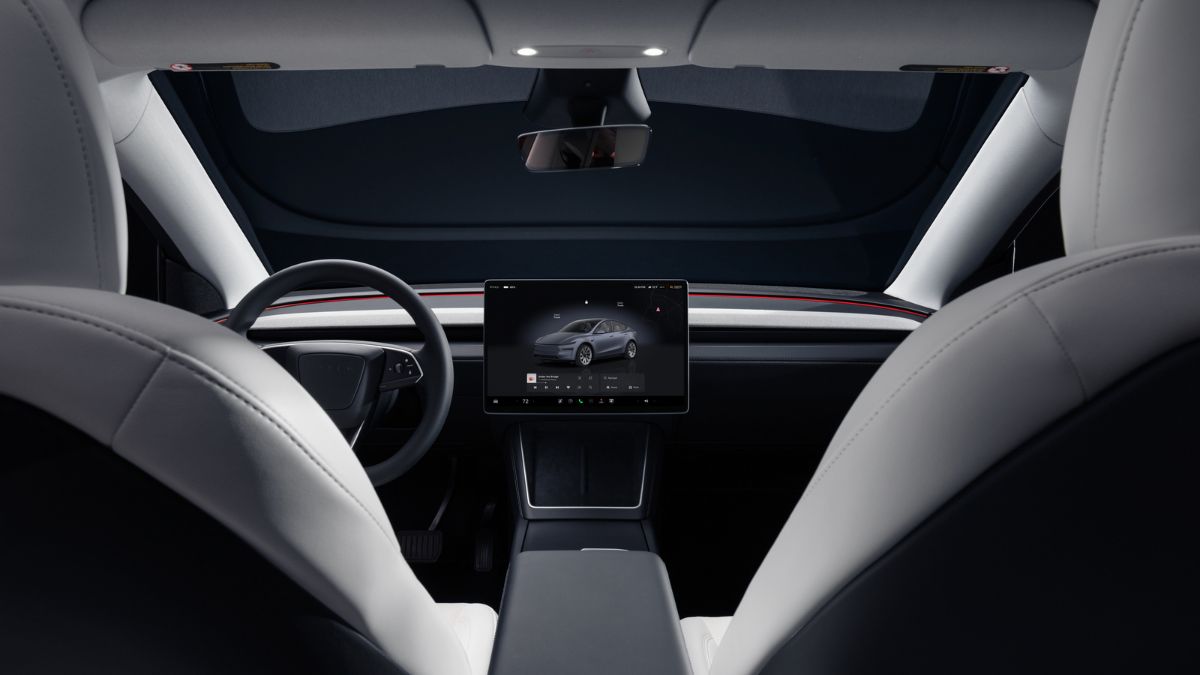
What the Community Had to Say
Andrew Bell chimed in with a comment that summed up the concern many owners have: “9% at 9,000 miles is not normal. 9% at maybe 50,000 miles is.” For someone who’s banking on a 200,000-mile vehicle lifespan, early degradation like that could be alarming, especially if it's consistent.
Andrej Majerník added a technical warning that resonates with Arizona drivers: “Hot climate and charging to 100% is the worst case scenario for the battery.” High ambient temperatures, combined with frequent full charges, are known to stress lithium batteries and accelerate degradation. in a lot of cases.
Then came Simon Chow with a much more reassuring perspective: “Don't worry, the major degradation only happens in the first year or two and then very slowly. It's not like 10% per year. My 2017 has 82% health after 8 years and 290,000 miles. The majority of degradation was in the first 2 years and then maybe 1% or 2% per year. And I use Supercharging a few times a week.” That’s a perspective many seasoned owners echo too, that the initial losses tend to taper off eventually.
Another user, Hugo Quintino, brought up battery chemistry: “That's why I went for LFP batteries instead of NMC. Model Y with 2 years and 45,000 miles.” LFP batteries, or lithium iron phosphate, are gaining traction because they tend to be more resilient to extreme temperatures and can handle frequent charging to 100% without the same long-term damage as NMC (nickel manganese cobalt) cells.
Heat and Battery Health
Lithium-ion batteries do operate best in mild temperatures. Once you start driving and parking regularly in triple-digit heat, especially in areas with poor shade and uncooled garages, the chemistry inside the battery can become stressed. Add in the fact that Arizona summers often exceed 110°F, and you’ve got a recipe for faster battery aging, especially if you charge to 100% daily or use DC fast charging frequently.
In fact, this isn’t the first time we’ve seen concerns around Tesla Model Y battery health under certain conditions. In another case, an owner noticed that their 2023 Tesla Model Y Performance’s battery health dropped faster than expected and began wondering whether external factors were accelerating the decline. These stories continue to surface, and each one adds to our understanding of what really impacts long-term EV performance.
Tesla’s battery management system (BMS) is designed to protect the pack from extreme degradation, but it’s not an all-around cure to this issue. Even with the best software, physics still does its thing. Heat increases the rate of chemical reactions inside the battery, and when you pair that with high state-of-charge storage or frequent fast charging, wear accelerates.
Charging Habits and Chemistries
As Hugo mentioned, the Model Y can come with different types of batteries depending on the configuration. Vehicles with LFP cells (most commonly found in standard range versions) tend to be more robust in hot weather and are less sensitive to high charging percentages. Meanwhile NMC cells that are often found in Long Range and Performance models deliver better energy density but can be more vulnerable to heat and frequent 100% charging.
So what does that mean for owners like Nathan?
First, it’s important to avoid charging to 100% unless necessary for long trips. Tesla even recommends keeping daily charges to around 80-90%. Second, if you’re living in a consistently hot area, consider parking in shaded areas or garages and pre-conditioning your car to cool the cabin before you drive. These little things add up.
There’s also increasing interest in how long Teslas really last under varying conditions. For example, one owner documented that their 2022 Tesla Model 3 hit 200,000 miles and still drives like new, with the original battery still in solid shape. That’s a testament to what’s possible when the right charging habits meet well-maintained tech.
What This Means for Hot Climate Owners and Beyond
Nathan’s experience is not an isolated case, but it’s also not necessarily a sign of disaster. What it really does is underscore how much environmental factors and user behavior influence EV ownership outcomes. In states like Arizona, Nevada, or parts of Texas, it’s fair to expect a slightly steeper early decline in battery health compared to cooler regions. But it’s not a death sentence for the pack.
Some owners have even decided to move away from Tesla or consider alternatives after experiencing early battery decline or range inconsistencies. In fact, one Model Y owner detailed why they sold their Tesla after just one year and offered advice to new buyers, not out of frustration, but as a way to guide future decisions.
And yet others are still all-in. As EV options continue to expand, including those from Rivian, Ford, and Hyundai, more owners are looking for comparisons. One Tesla fan recently shared why they still love their Model Y but are now eyeing Rivian.
I think stories like Nathan’s are important and not because they signal some fatal flaw in Tesla’s design. These experiences show how EV ownership is full of variables that people are still learning to manage. As someone who covers EVs and cars daily and talks to owners across the country, I’ve seen that most battery issues are not black and white. One person’s “dealbreaker” might be another’s minor inconvenience.
Regardless though, there’s no denying that climate matters and that manufacturers, not just Tesla, need to keep working on solutions for real-world conditions and not just lab tests. Heat-resistant battery tech, smarter BMS systems, and improved communication with owners could go a long way. If you’re in a hot state, being informed is half the battle.
Key Takeaways for Readers
- Early degradation tends to be front-loaded: In Teslas, especially regarding those in hotter climates, the bulk of battery wear typically happens in the first year or two before slowing down significantly.
- Battery chemistry plays a critical role: LFP batteries generally handle heat and frequent 100% charges better than NMC counterparts, making them more suitable for extreme environments.
- Charging habits matter: Avoiding daily full charges and pre-conditioning in hot weather can meaningfully extend the life of your EV’s battery.
- Ownership experiences vary widely: How you drive, charge, and store your EV can drastically change your battery’s long-term health. One owner's results will not match your own.
- Our understanding of degradation is still evolving: As more real-world data surfaces, it’s helping shape a clearer picture of what’s typical and what might be cause for concern.
Let’s Hear From You
Have you noticed early battery degradation in your Tesla or EV? What climate do you live in, and how do your charging habits affect your battery health?
Or if you’re considering an EV, does hearing stories like Nathan’s make you pause?
I'd love to know your thoughts on this in the comments below.
Aram Krajekian is a young automotive journalist bringing a fresh perspective to his coverage of the evolving automotive landscape. Follow Aram on X and LinkedIn for daily news coverage about cars.
Image Sources: Tesla Gallery and the "Tesla Model Y" public Facebook group.








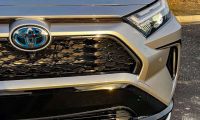
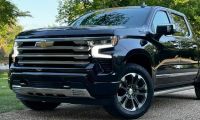
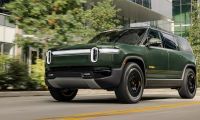
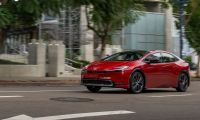

Comments
My 2004 Ranger suffers from…
Permalink
My 2004 Ranger suffers from no battery degradation. Sux being you, evidently.